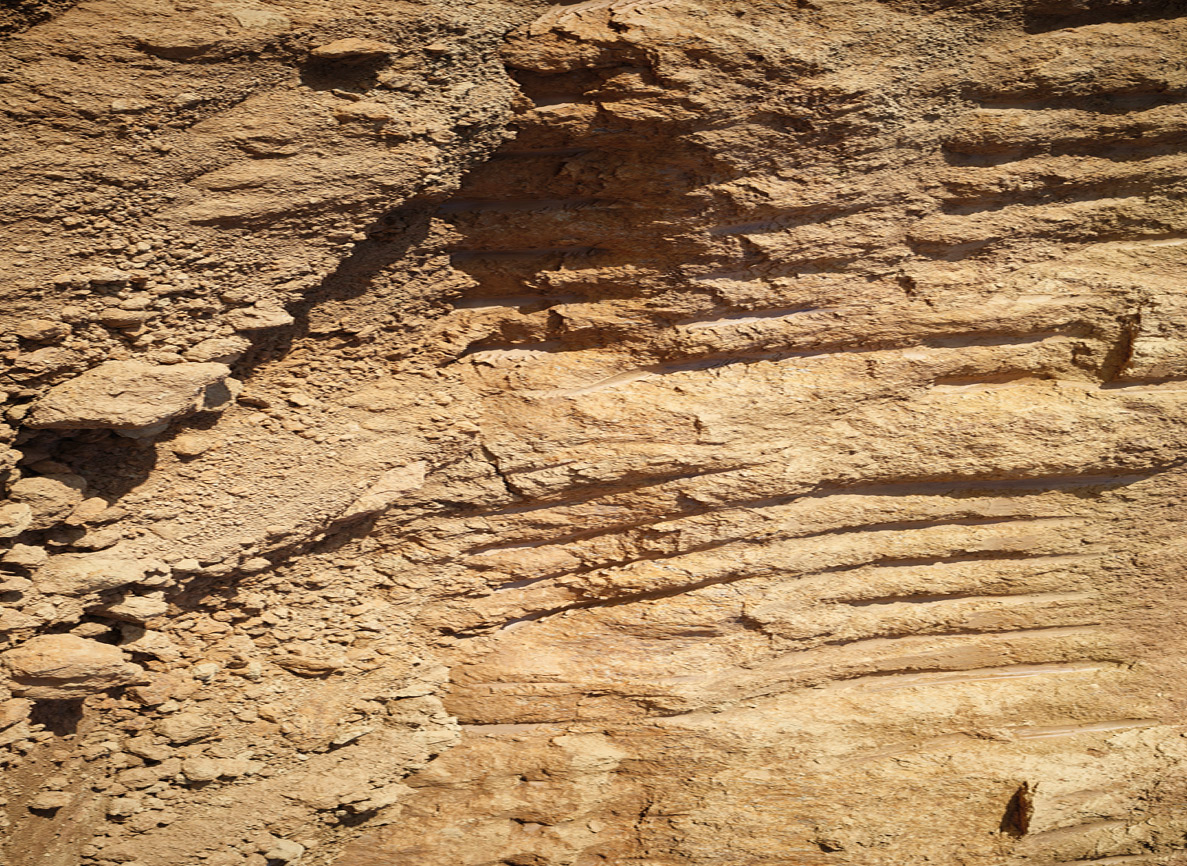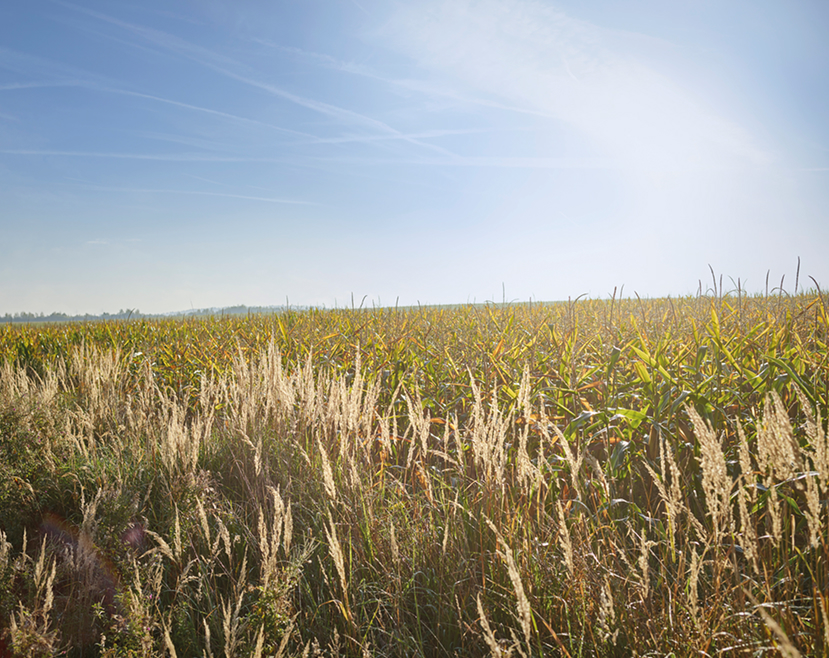Nature Clay

The clay and sand raw materials used for our brick tile production mainly come from local deposits. A large-scale loess-clay deposit is to be found in the immediate vicinity of our plant. The type of raw materials is decisive for the subsequent color scheme of the clay products. The raw material in our region contains iron oxide and therefore tends to turn red when fired.
Brick is a 100 per cent natural material extracted from clay and sand.
When clay is mined, the fertile topsoil is removed. The clay layers are extracted and used for local production. If a field is no longer productive or the quality of the clay is no longer sufficient, the renaturation of the area can begin immediately. The pits are recultivated. There are various options, so the most suitable one can be chosen for each location: The cultivated areas are either replanted to their original state, used as agricultural areas or converted into valuable biotopes or recreational areas in agreement with the local environmental authorities.
The material of our ceramic facades is free of harmful additives and no heavy metals are used in their production. Careful use of resources, the application of ecologically acceptable production processes and complete recyclability during dismantling are the hallmarks of this sustainable building material.
MOEDING ceramic facades are made from natural materials and can be used for decades. At the end of their lifecycle, they can be repurposed or returned to nature in ground form as a substrate.

Another important point is the prevention of production waste. Brick scraps produced during production are sorted and returned to production. Alternatively, brick scrap can be used for numerous other purposes, for example, as an aggregate for tile chipping concrete, as a filler or bulk material in road and civil engineering, as a substrate in horticulture and landscaping, for refilling pits and quarries, in the construction of noise barriers and as tennis clay and tennis sand.
In addition, our plant is connected to the Interseroh disposal system under number 25055. By recycling materials that are necessary for production and logistics, such as paper or mixed plastics, we save 277 metric tons of resources and an additional 36,245 kilogrammes of greenhouse gases annually.

